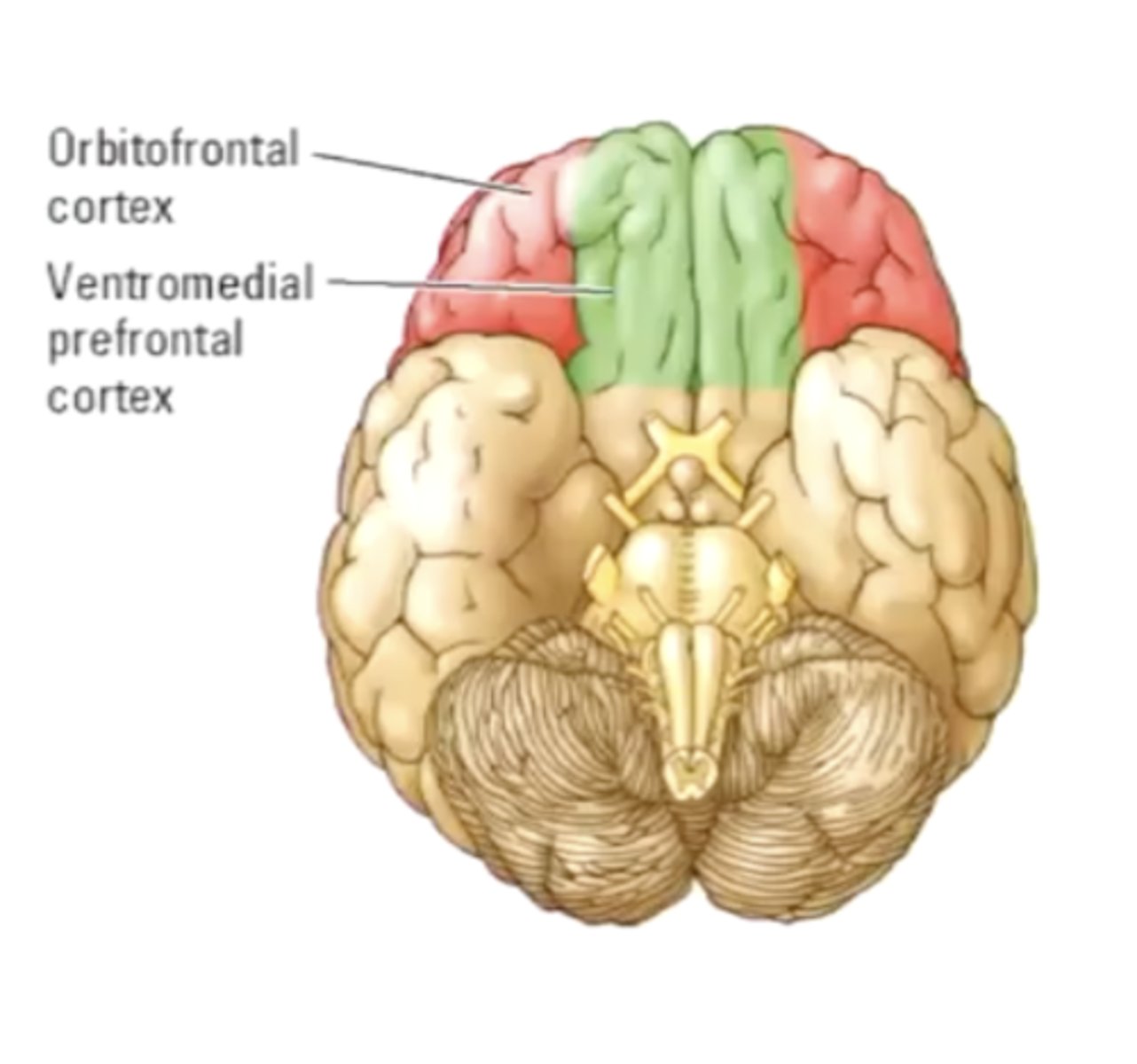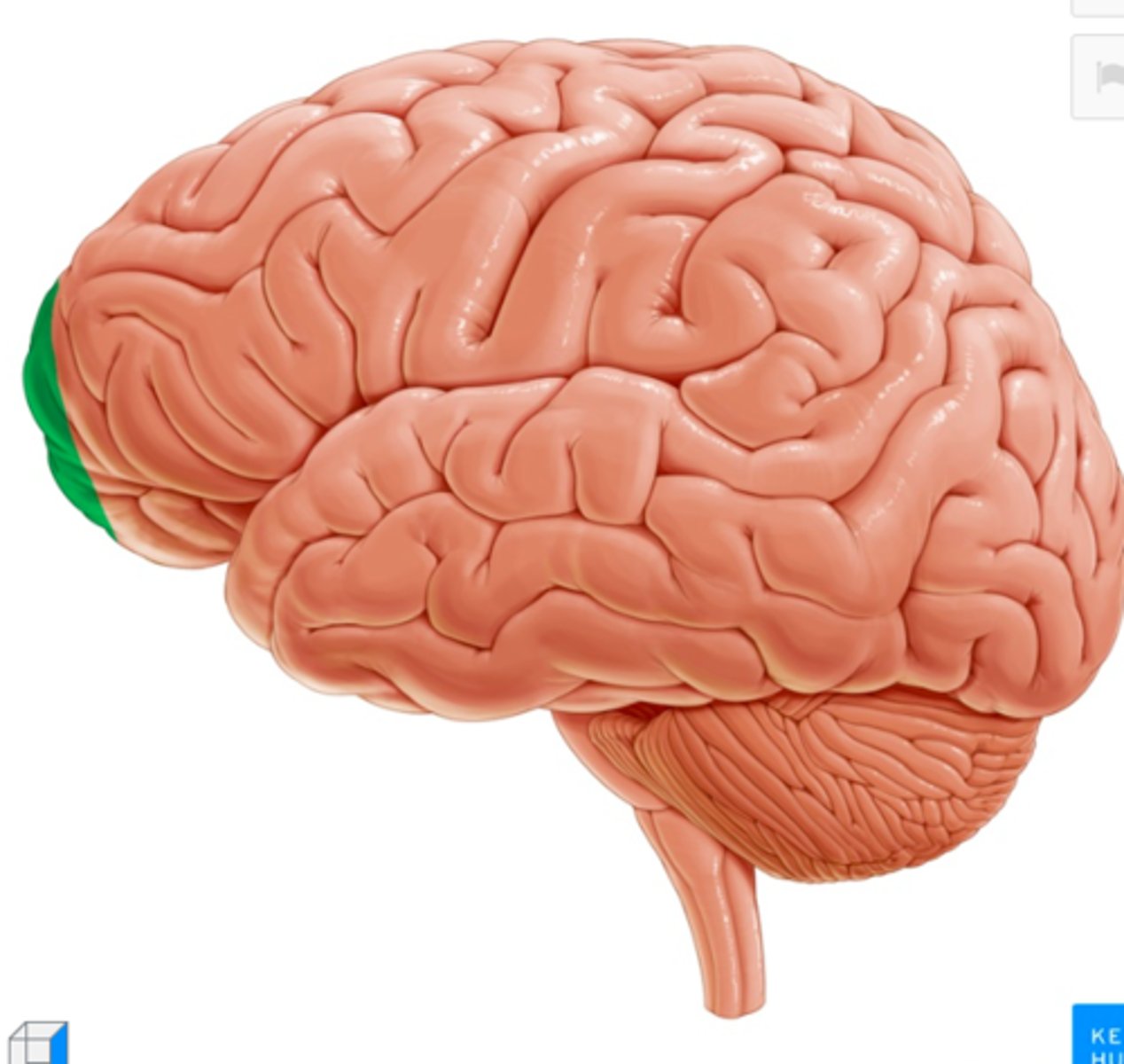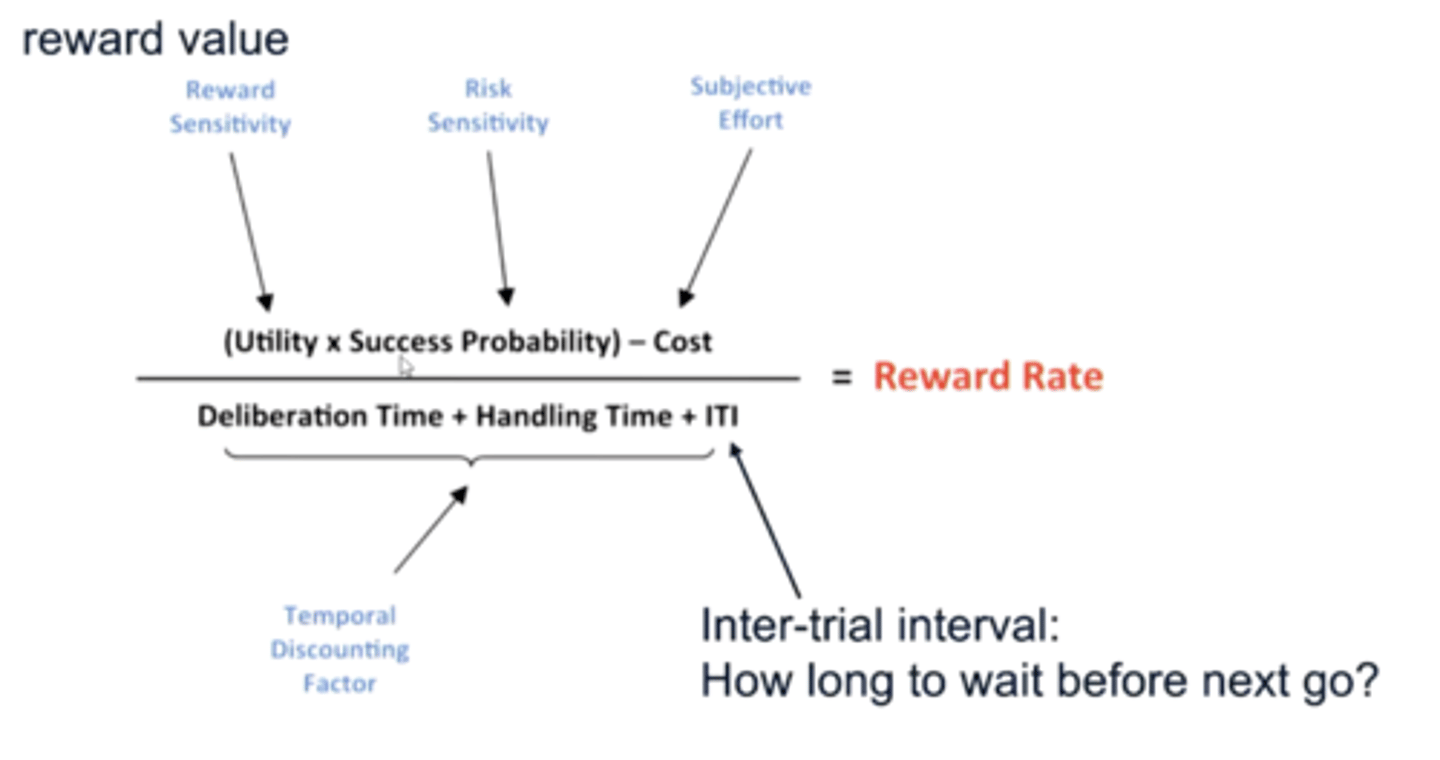Neurobiology of decision making 2
1/27
There's no tags or description
Looks like no tags are added yet.
Name | Mastery | Learn | Test | Matching | Spaced |
|---|
No study sessions yet.
28 Terms
what did Schuck et al (2015) investigate?
Which brain areas are involved when we try to optimise our decision making in terms of taking shortcuts.
Schuck et al (2015) study
participants presented with random dot patterns inside a frame.
- patterns presented towards left, right, upper, lower corner etc
- ptps to detect shifts in pattern within square
- press right button/left button is correspondence with shift.
What was the hidden shortcut to make decisions in Schuck et al (2015)'s study?
The colours determine the response needed.
- red pattern = right
- green pattern = left
Schuck et al (2015) findings
- some ptps did not learn this shortcut, some participants did.
which areas were found to be activated? Schuck et al (2015)
Activity in the Medial frontal cortex
- ptps used colour to inform decision decoded from activity in MFC.
- group membership to shift in strategy or no shift could be predicted even before strategy shift happened based on activity in MFC.
Schuck et al (2015) shows:
aspects relevant for decision making are represented in the MFC
- linked to memory formation in a decision making task (associations)
what is state space representation? Kaplan et al (2017)
a cognitive map of a problem you want to solve in a grid like neural representation. complex problems that involve making many different decisions - overall goal broken down into sub steps to achieve goal/make decisions.
- task specific adapted to goal.

Where in the brain are state spaces represented?
Orbito and medial frontal cortex.
What are hidden states? Kaplan et al (2017)
a specific stage of the problem solving chain - mental exploration is needed to evaluate potential outcomes for different choices are predicted and evaluated.
State spaces help....
Structure new experiences (from navigating a similar experience using state space representation so you don't have to start from scratch)
Which areas of the brain are associated with subjective value of decision options? (fellows 2018)
- striatum and thalamus
- orbitofrontal and ventromedial PFC.
- more activity in this brain area when value is more attractive.

How do frontal lobe lesions influence decision making?
Lesions in the orbitofrontal and ventromedial PFC disrupt value based decision making and even simple preference judgments.
- inconsistent preferences
- deficient sense of guilt which may influence
how may lesions to the orbitofrontal and ventromedial PFC be detrimental to 'avoiding harm'
A deficient sense of guilt was found which may influence decision making factors - less likely to avoid harm. - evaluate factor of avoiding harm differently
How did frontal lobe lesions influence how ptps made decisions in the trust game?
In comparison tp healthy ptps, person A gives less money to person B (less trust compared to healthy individuals) despite possibility for optimal outcome
- when playing person B - They don't work collaboratively and keep most of money to themselves.
What other brain area is associated with decision making?
The lateral prefrontal cortex
- not involved in value based choices but active in other simple decision paradigms.
what is the frontal pole?
most frontal part of cortex - involved in exploratory behaviour in decision making.

What factors that influence decision making does Carland et al (2019) focus on?
reward rate maximisation
- minimising cost of time and effort
- maximising reward.
What is reward rate maximisation?
The time spent to receive a reward influences the subjective value
how does more options influence reward rate maximisation?
The more options there are the more difficult it is to decide which choice to make (longer deliberation time)
What is deliberation time?
how difficult a decision is to make - influences the time taken to make a decision.
When may there be a short deliberation time despite lots of options?
When all options are very good
Carland et al (2019) formula for reward rate maximisation.

What is inter-trial interval?
How long is needed to wait before reward can be obtained again.
What is the urgency signal?
A mechanism that served to maximise the reward rate by pushing evidence accumulation closer to the threshold.
why is the urgency signal needed?
a long deliberation time is costly as may reduce the rate of obtaining a potential reward.
- evidence accumulation signal needs to be pushed over the threshold to take action so the urgency signal pushes this evidence to the threshold to shorten the deliberation time.

What part of the brain is the urgency signal controlled by?
Controlled by projections from the basal ganglia to cognitive sensorimotor areas
- grows during deliberation time and helps to optimise it.

The urgency signal is different in...
different individuals (individual differences)
The urgency signal is modulated by....
task context -
smaller decisions = kicks in faster
bigger decisions = more time needed so urgency signal generated later.